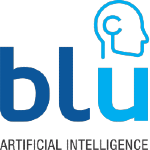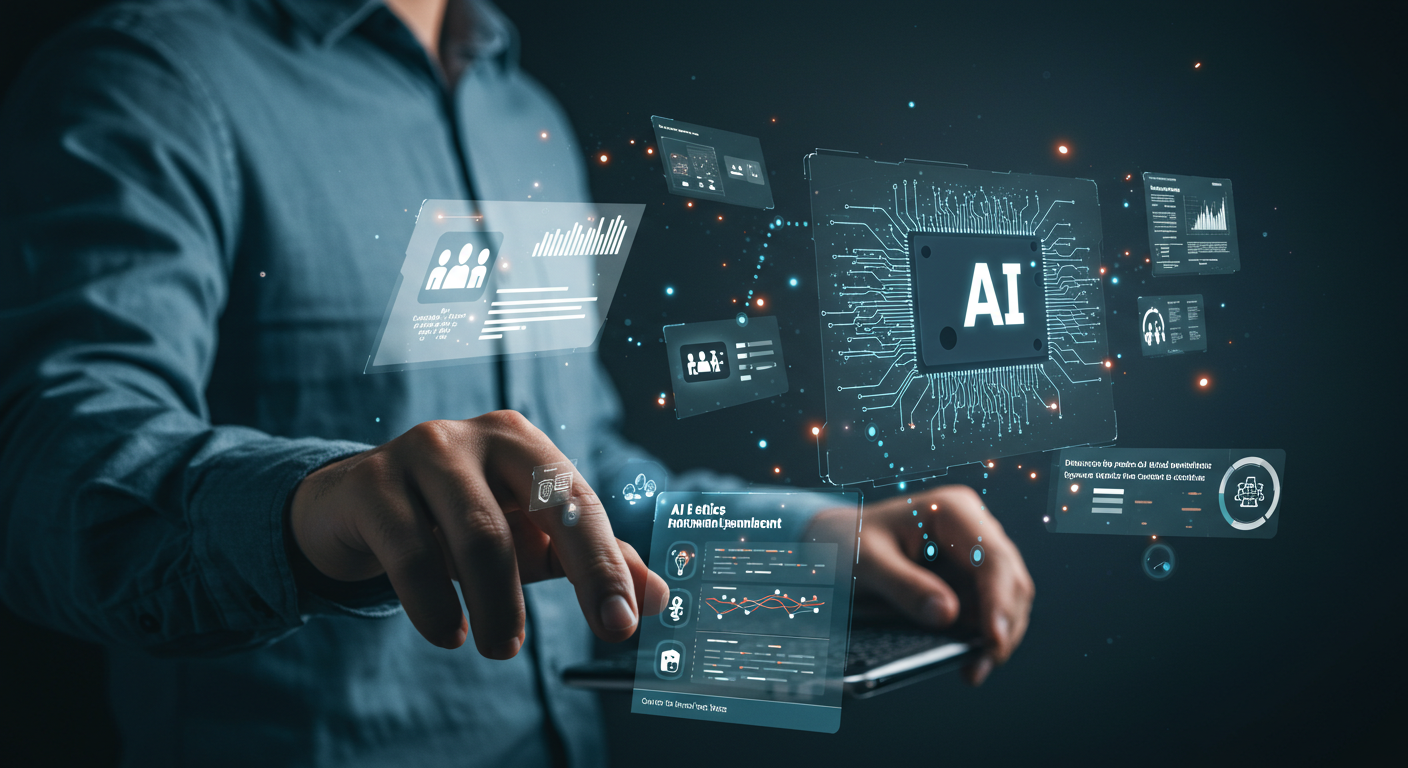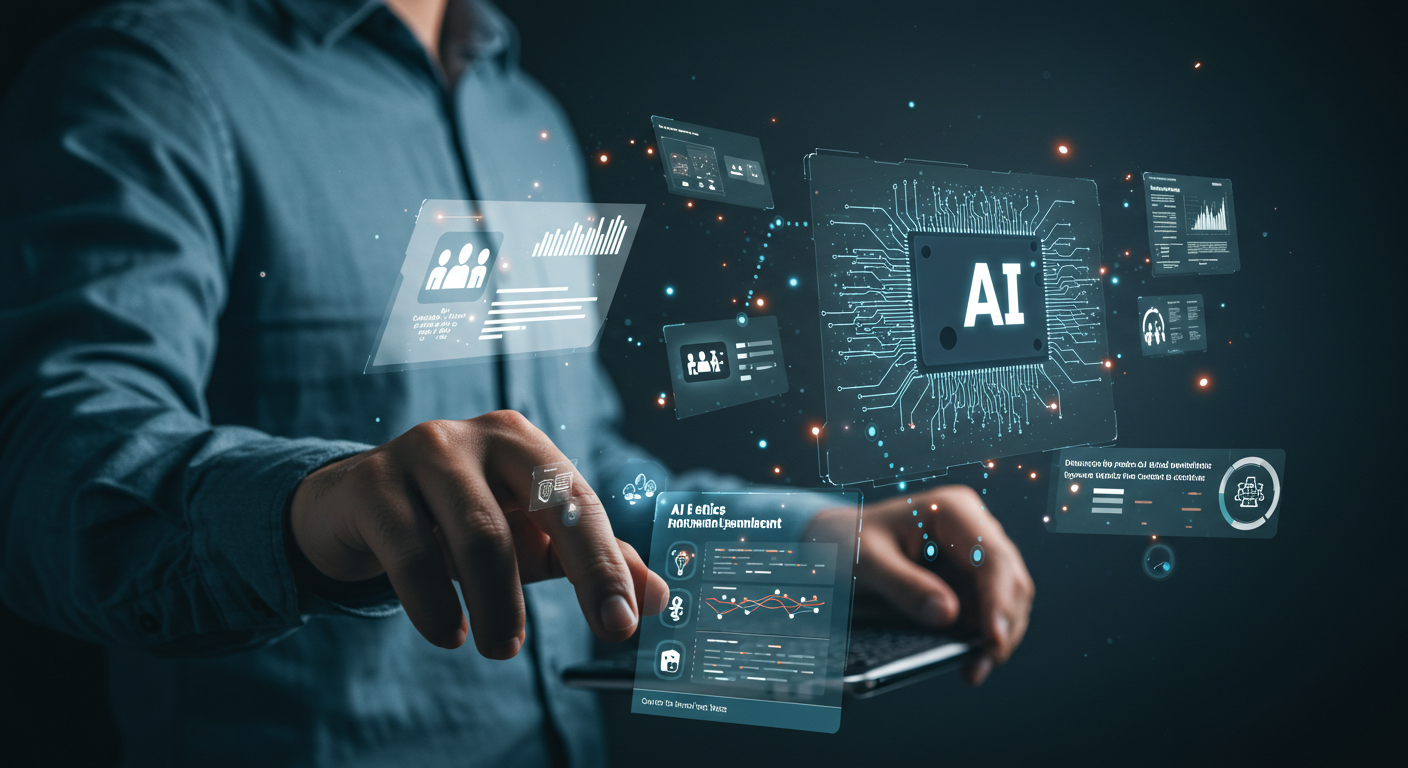
Collaborative AI: Enhancing Team Dynamics with Artificial Intelligence
Artificial intelligence (AI) is not just a tool for automating [...]
Artificial intelligence (AI) is not just a tool for automating tasks or analyzing data—it has the potential to transform how teams work together. Collaborative AI, which refers to AI systems designed to enhance human teamwork, communication, and productivity, is reshaping the modern workplace. By enabling better collaboration, AI can help teams achieve their goals more efficiently and creatively. In this article, we explore how organizations can leverage collaborative AI to improve team dynamics and drive innovation.
The Role of Collaborative AI in the Workplace
Collaborative AI goes beyond individual productivity tools; it focuses on enhancing how teams function as a whole. Whether it’s through AI-driven project management tools, virtual assistants that streamline communication, or machine learning algorithms that optimize team performance, collaborative AI is designed to complement human efforts and foster a more connected and efficient workplace.
Key Benefits of Collaborative AI
- Improved Communication: AI-powered communication tools can help teams stay connected, whether they’re working remotely or in the office. AI can analyze communication patterns, suggest improvements, and even automate routine messages, ensuring that everyone is on the same page.
- Enhanced Decision-Making: Collaborative AI can assist teams in making more informed decisions by providing data-driven insights, predicting outcomes, and offering recommendations. This support helps teams make better choices faster, reducing the time spent deliberating.
- Increased Productivity: AI can take over repetitive tasks, allowing team members to focus on more strategic and creative work. By automating administrative duties, AI frees up time for employees to collaborate on high-value projects.
- Fostering Innovation: Collaborative AI encourages innovation by providing teams with the tools and insights they need to experiment and iterate. AI-driven brainstorming tools, for example, can generate new ideas or identify trends that teams might not have considered.
Implementing Collaborative AI in Your Organization
- Identify Areas for AI Integration: Start by identifying areas within your team’s workflow where AI could have the most significant impact. This might include communication, project management, decision-making, or creative collaboration.
- Select the Right Tools: Choose AI tools that align with your team’s needs and work style. For instance, AI-powered project management software can help teams stay organized, while AI-driven collaboration platforms can facilitate seamless communication.
- Promote AI Adoption: Encourage team members to embrace collaborative AI by providing training and resources. Make sure they understand how AI can help them work more efficiently and enhance their contributions to the team.
- Measure and Adjust: Continuously monitor the impact of collaborative AI on team dynamics and productivity. Gather feedback from team members, and be prepared to adjust your approach or tools as needed to maximize benefits.
Case Studies: Collaborative AI in Action
- Marketing Teams: A marketing team implemented an AI-driven content management system that allowed team members to collaborate on campaigns in real-time, track performance metrics, and optimize content for different channels. The result was a more efficient workflow and higher engagement rates across all marketing efforts.
- Product Development: A product development team used AI-powered project management software to streamline the development process. The software helped the team manage timelines, allocate resources, and track progress, leading to a faster product launch and improved product quality.
Challenges and Considerations
- Data Privacy: As with any AI implementation, it’s important to ensure that collaborative AI tools comply with data privacy regulations and protect sensitive information.
- Balancing Human and AI Roles: It’s crucial to strike the right balance between AI and human roles. Collaborative AI should enhance human efforts, not replace them. Maintaining a clear understanding of each team member’s role in collaboration with AI is key to success.
- Resistance to Change: Some team members may be hesitant to adopt AI tools, fearing that they might replace their jobs or alter their work dynamic. Address these concerns through open communication and by highlighting the benefits of collaborative AI.
Collaborative AI has the potential to revolutionize team dynamics, enabling better communication, decision-making, and productivity. By strategically implementing AI tools, organizations can foster a more connected, innovative, and efficient workplace. At Blu, we’re dedicated to helping businesses harness the power of AI to enhance team collaboration and drive success. Contact us today to learn how collaborative AI can benefit your organization.
Share this article
Follow us
A quick overview of the topics covered in this article.
Latest articles
April 29, 2025
April 22, 2025
April 9, 2025



